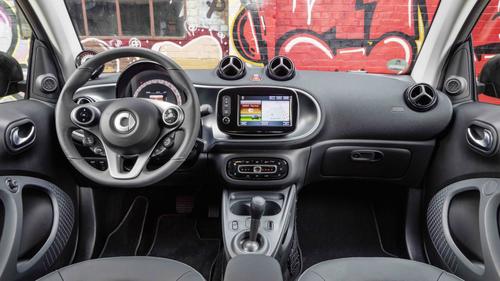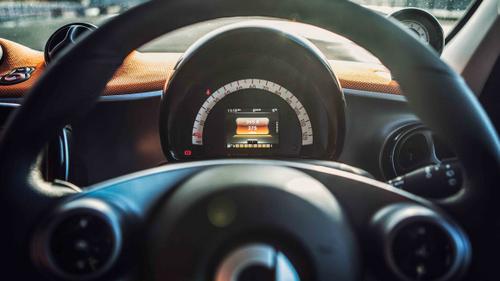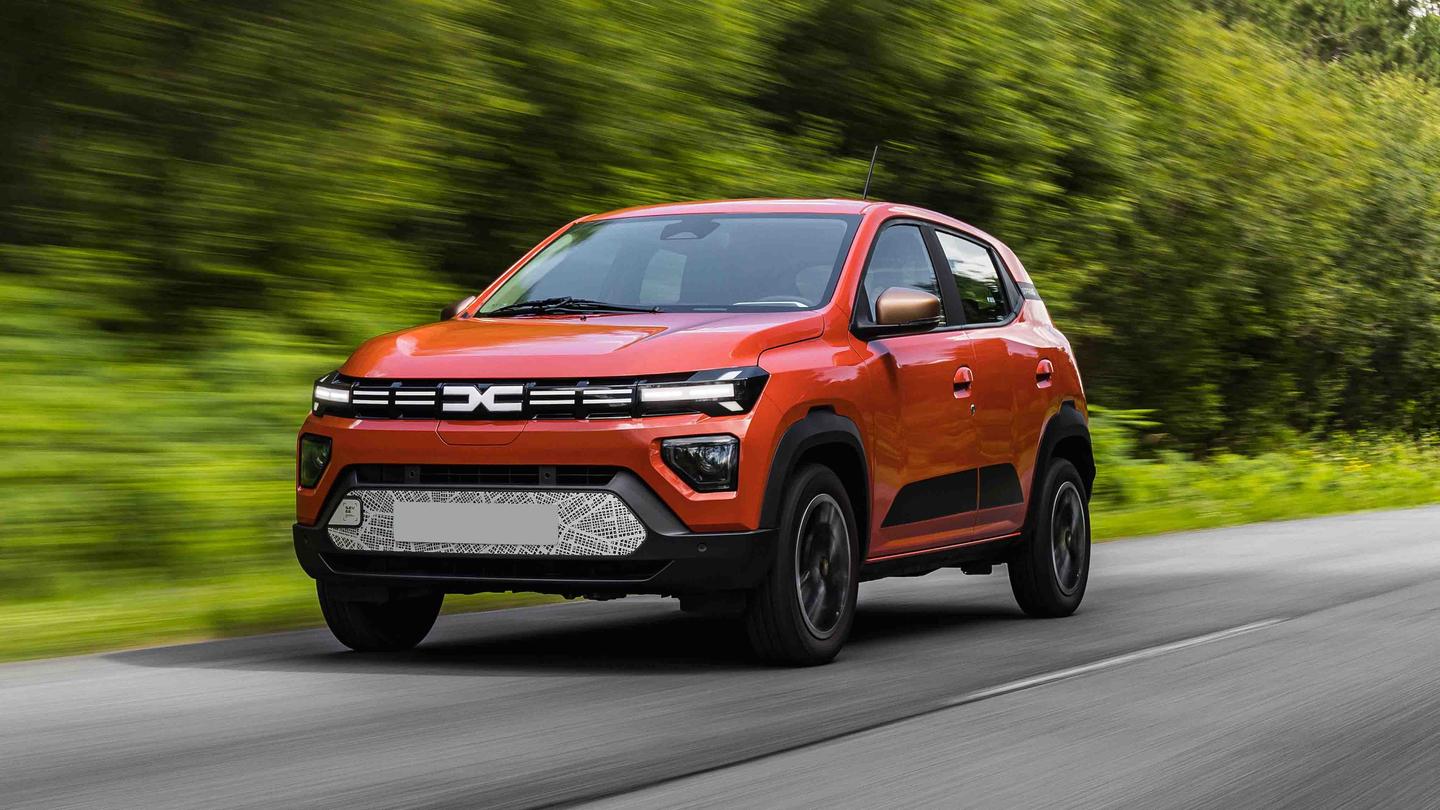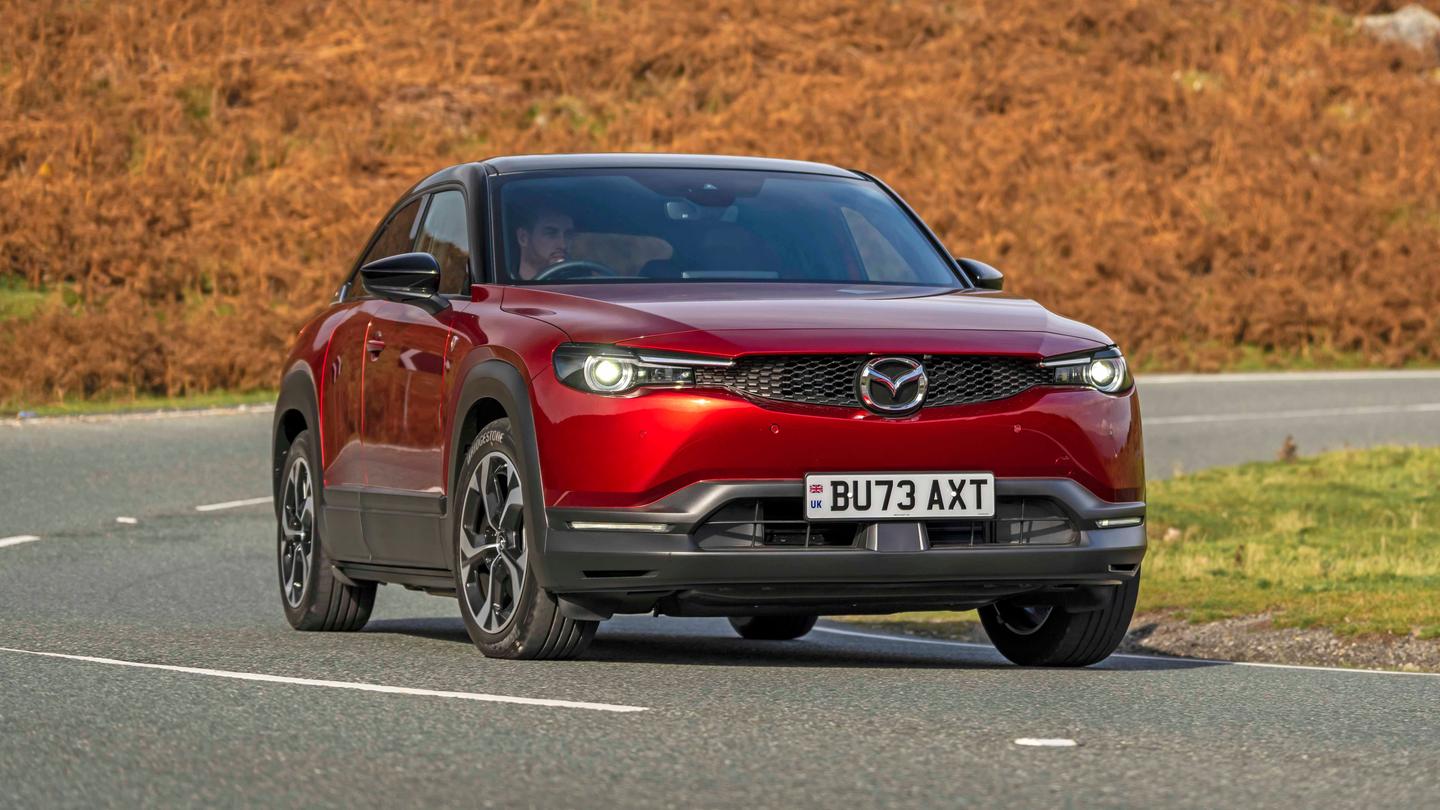


.jpg)


Used Smart EQ ForTwo Review (2014-2024)
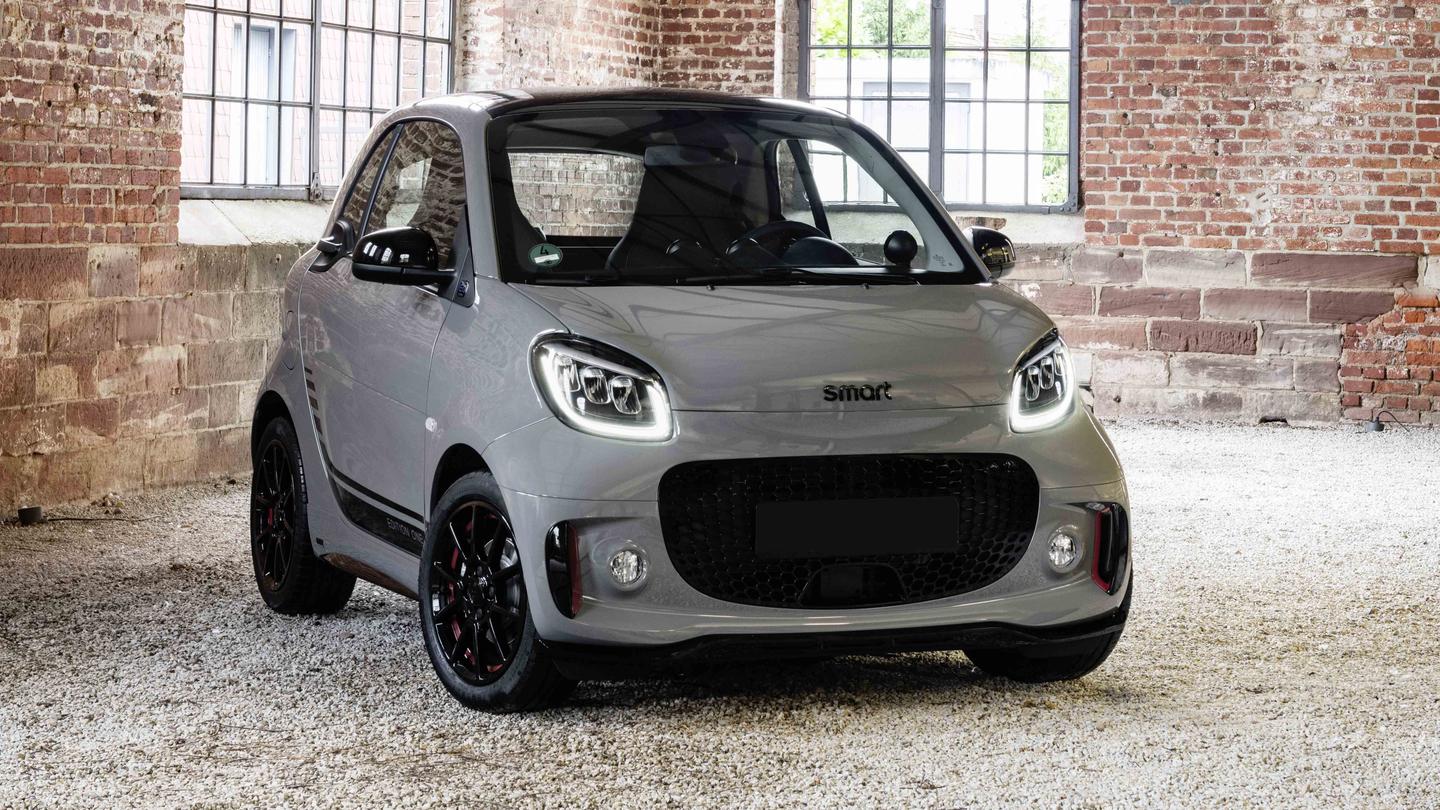
If you know you want a Smart ForTwo, you’ll really enjoy the EQ’s nippy performance and quirkiness.
But its flaws mean it’s probably only suitable if you have another car, or if you only do short journeys alone or with one other person.
- One of the cheapest EVs to buy
- Miniscule charging costs
- Can park almost anywhere
- Not a great driving experience
- Outclassed by newer alternatives
- Cheap-feeling interior
Should I buy a used Smart EQ ForTwo?
On paper, the Smart ForTwo is an ideal car for the city. But take a wander through your local city and the parking spaces aren’t full of microcars. They’re either full of scooters and bicycles, or Mercedes saloons and pristine Land Rover Defenders.
This two-seat rollerskate that made Smart famous was discontinued in 2024, with the company now making electric SUVs with hashtags in their names. These go much further on a charge and don’t make you choose between your children, but aren’t as quirky and don’t have the same clear purpose as the ForTwo.
"Sports cars aren’t generally cuboid shaped, for good reason"
If you want a small, cheap electric car, the Smart ForTwo isn’t the only choice. We’d be kinder to it if it was. For roughly the same price as a £10,000 EQ ForTwo, you could get a Renault Zoe, Nissan Leaf, Mazda MX-30, Volkswagen e-Up, Fiat 500e or Dacia Spring – all of which have four seats and a longer range. Some of them are older or higher mileage than a similarly priced Smart, but all feel more car-like and less like something that’s dropped off the back of a funfair convoy.
Still, if the Smart can fit into your lifestyle – in other words, short journeys and no more than one mate – it isn’t without its plus points. Even on an average electricity tariff of 25p per kWh, a full charge would cost £4.30. With a home wallbox and a specialised EV tariff, that could be less than £1.40. That’s up to 82 miles of driving for the cost of a loaf of bread.
There’s also an eight-year/62,000-mile battery warranty, a good level of standard equipment and a surprisingly big boot.
The ForTwo is, by its own name, a niche proposition that won’t suit everyone. It’s good for nipping to the shops or for towing on a trailer behind a motorhome, or even as a promotional tool. But it only really works if you have another vehicle for longer journeys, and that isn’t very smart, is it?
Interior and technology
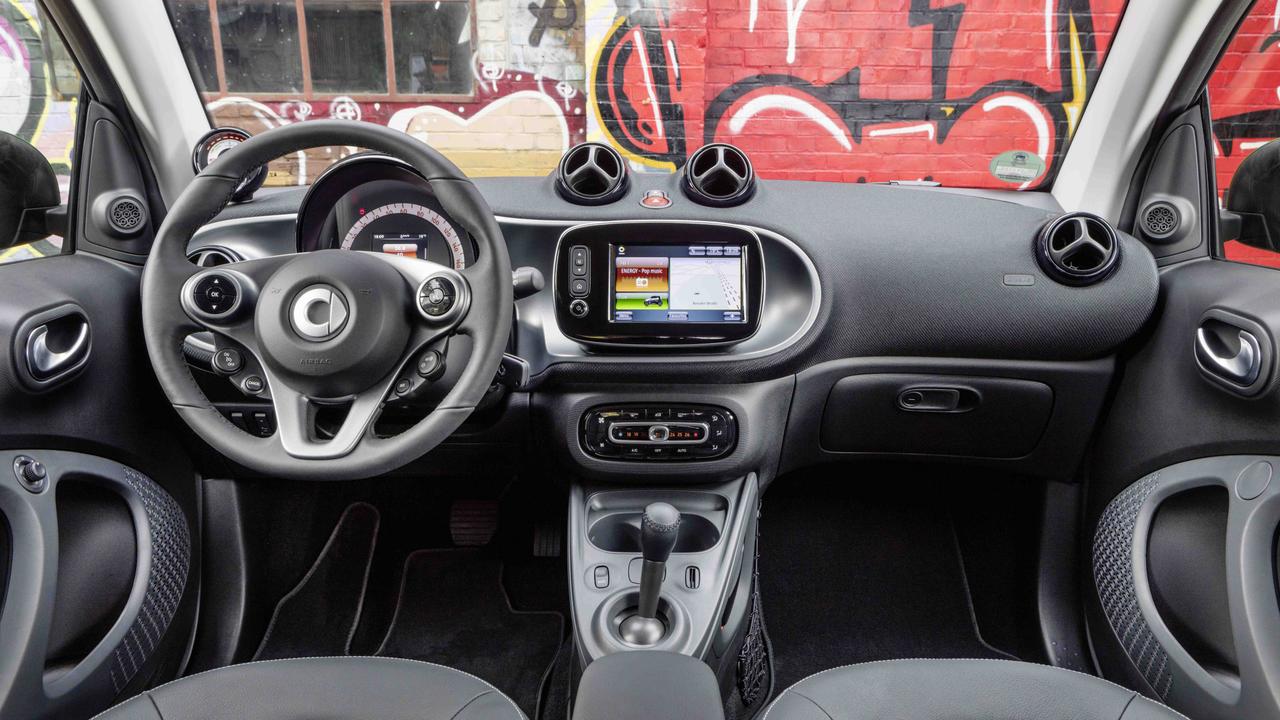
Smart was still part of Mercedes when this car was designed, but don’t expect Benz quality inside – and that’s fine, because this is a cheap car for short hops. There aren’t really any soft touch materials anywhere, and the fabric dashboard picks up dirt easily. But there are a few fun touches, like the football-like air vents and repurposed rev counter pod that’s now a range-o-meter…
…which will drop an alarming amount when you turn the air conditioning on. Our test car dropped somewhere in the region of 15-20 miles – a crucial amount when you’ve only got 82 miles in best conditions.
The seats are flat and unsupportive, which is another clue that the ForTwo isn’t the car for tackling long motorway journeys. They’re fine for short-haul use, and they’re quite soft which improves comfort.
While the eight-inch touchscreen looks like something a toddler might doodle on, it does include wired Apple CarPlay and Android Auto so you can use your phone’s familiar apps – and enjoy a more modern-looking interface. Standard equipment also includes DAB radio, heated seats, a fixed glass roof, climate control, alloy wheels and perhaps the world’s most unnecessary reversing camera, so it’s not like sitting in a Neanderthal cave.
Practicality
.jpg&w=1280&q=75)
First things first: there are clearly only two seats. You could buy a Smart ForFour with an extra bench for tag-alongs, but its same small battery means its range will basically only take you as far as the next nearest charging station.
For what it is, the Smart ForTwo is surprisingly practical. The deep, netted door bins are useful and there’s a phone tray, although the glovebox is laughable and there’d be more usable space if the gearlever and handbrake weren’t so big.
We said the ForTwo is a two-seater, but it’s actually a three-seater when stationary. The tailgate glass lifts up separately while the bottom bit folds down – just like a Range Rover or Rolls-Royce Cullinan – giving you a bench that can hold 100kg.
The 260-litre boot is enormous when you consider the car's overall size, and it’s a really practical and square space. A small weekly shop would be no issue. There are useful nets on the front and rear of the parcel shelf, too.
Range and performance
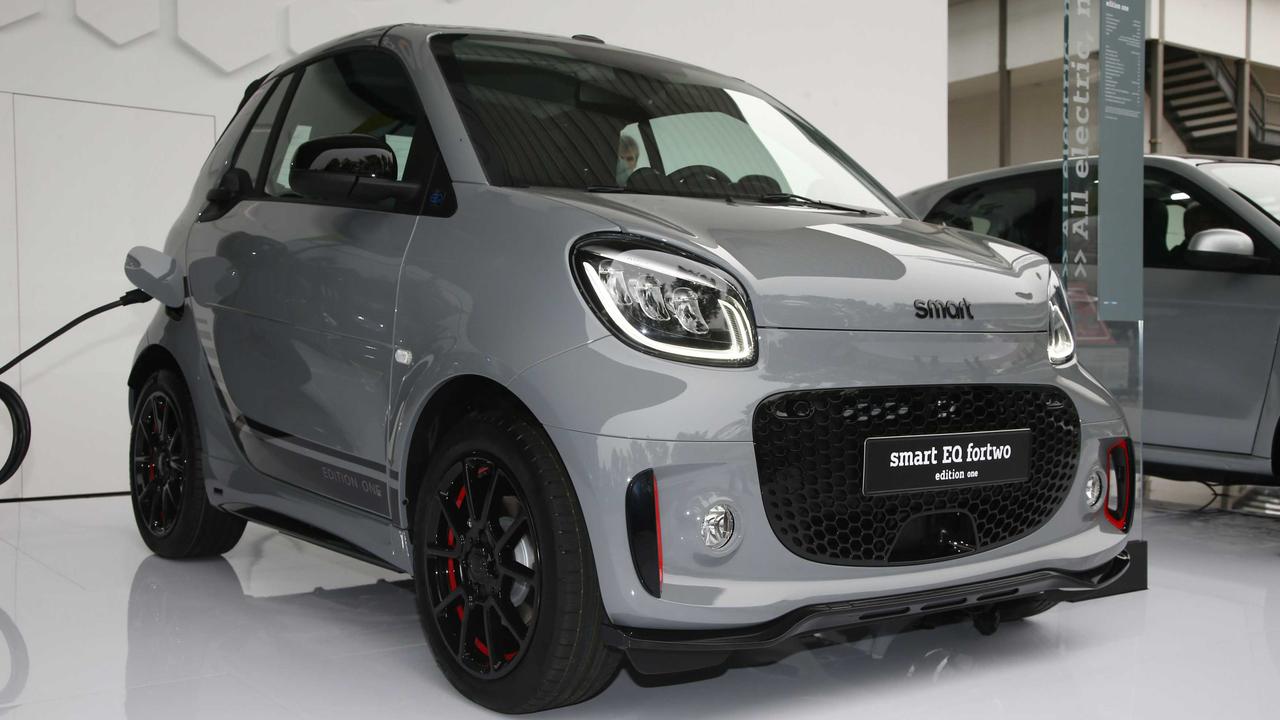
The comparatively tiny 17.2kWh battery is good for efficiency and lightness, but it does limit the ForTwo to being predominantly used around town. Smart’s 82-mile range estimate will drop in winter, if you go on the motorway or, as we’ve discussed, if you want to cool the interior down. It’s one of the only cars that makes a Mazda MX-30’s 124-mile range look good.
Around town, the Smart is nippier than its 0-62mph time of 11.6 seconds suggests, letting you snatch gaps in traffic. It’ll accelerate from 30mph to national speed limit zones without any issue, and that it tops out at 81mph means you could even get a speeding fine on the motorway.
Driving and comfort
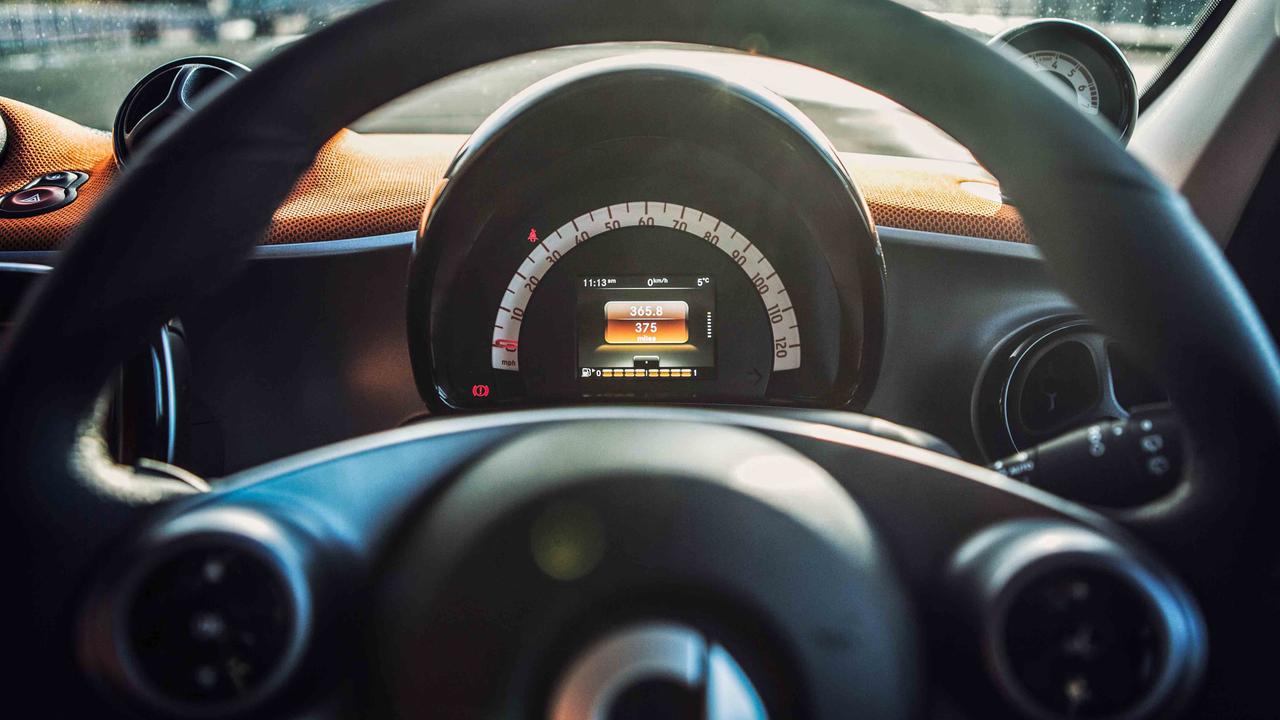
Sports cars aren’t generally cuboid shaped, for good reason. The Smart’s tall height and short length make it feel tippy through corners, while the driving experience is just a bit floppy.
You’ll notice crosswinds, that’s for sure. Even with crosswind assist and the back wheels pushed out – which stop the Smart toppling over in quick direction changes, such as Sweden’s infamous ‘moose test’ – you’ll still be constantly correcting the steering in so much as a gusty breeze.
For such a town-focused car, it’s a little disappointing that the ride is quite jiggly, and that tyre noise is often noticeable.
































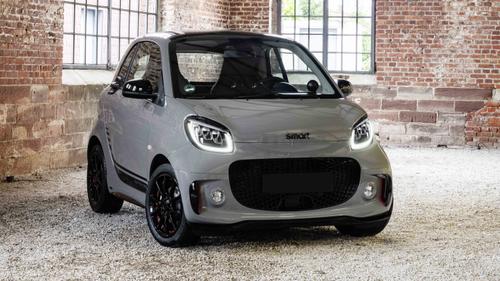
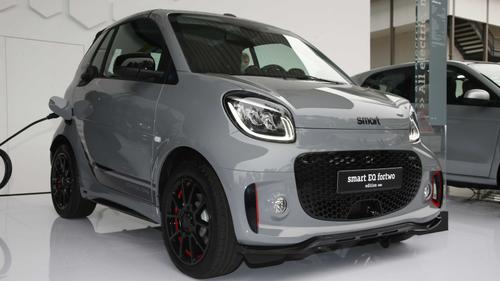
.jpg&w=500&q=75)
